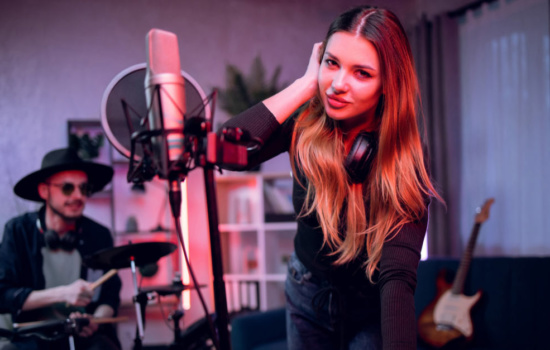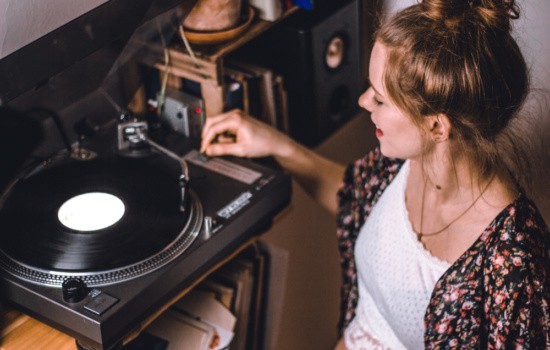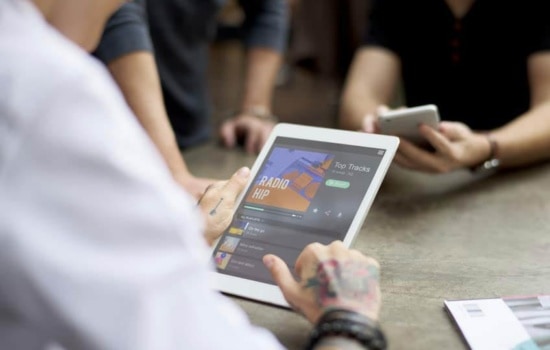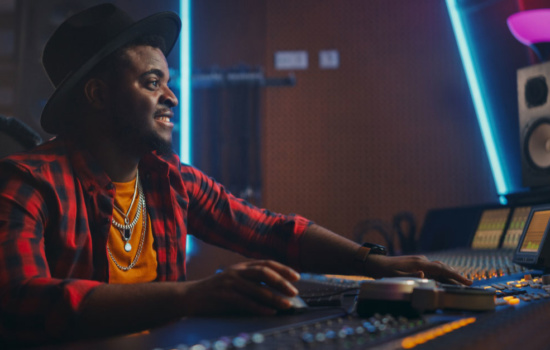Music distribution is the process of delivering your songs to listeners — getting your music onto streaming platforms, digital stores, and even social media music libraries. Back in the day, distribution meant shipping physical records or CDs to stores. Today, it’s mostly about digital distribution: making your tracks available on Spotify, Apple Music, Amazon Music, YouTube Music, TikTok, and all the other places people find music.
If you’re an independent artist, you might be wondering, “Why can’t I just upload my song directly to Spotify?” Here’s the deal: major streaming services don’t allow individual artists to upload music themselves (they’d be overwhelmed with millions of direct uploads daily). Instead, they rely on trusted partners called digital music distributors (also known as aggregators). Think of a distributor as a bridge between you (the artist) and the platforms (Spotify, Apple, etc.). You deliver your mastered track and artwork to a distributor, and they handle sending it out to all the streaming services and online stores in one go. They also ensure your release meets each platform’s technical requirements (correct audio format, metadata, cover art specs) and that it gets delivered to the right artist profile.
In short, unless you start your own label or become a certified partner with each streaming service (a huge technical and business undertaking), you’ll need to use a music distribution service to get your music into the same catalogs as major label artists. Even totally DIY musicians who stick to platforms like SoundCloud or Bandcamp eventually turn to distributors when they want their music on Spotify or when they want to monetize through TikTok or Instagram music libraries. The good news is that digital distribution has made it possible for any artist, anywhere, to reach a global audience without a traditional record deal. As one industry expert put it, there’s virtually a distribution solution for every artist and situation nowadays, from full-service distributors to simple aggregators.






